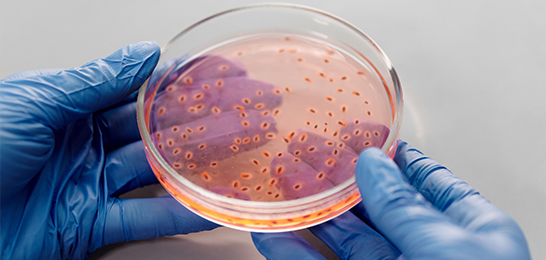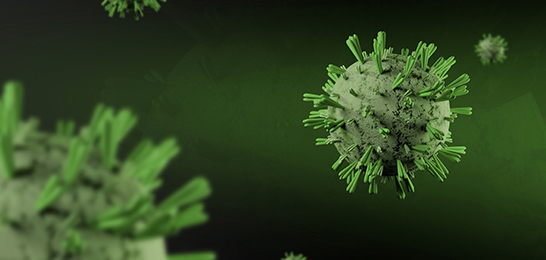Published Date: Mar 17 2023
Characteristics and applications of the enzyme trypsin
The enzyme trypsin belongs to the serine proteinase family and specifically acts on the carboxyl-terminal of peptide chains containing Lys or Arg residues. It physiologically participates in important processes such as metabolism, digestion, and coagulation in animals. In the field of cell biology, the enzyme trypsin can degrade the protein at the junction of the cell membrane and the culture dish, facilitating separation. Due to the tension of the cell's internal cytoskeleton and the surface tension of the culture fluid, the cell becomes spherical and is digested.
The inactive precursor of enzyme trypsin is trypsinogen, which is secreted by the pancreas and activated by enterokinase or enzyme trypsin in the small intestine. However, enzyme trypsin itself is also a protein and can self-cleave, transforming from β enzyme trypsin to α enzyme trypsin, and further degrading into pseudotrypsin and even fragments with gradually decreasing activity. Therefore, trypsin faces some problems in balancing preparation, activity, and stability.
Currently, there are two forms of enzyme trypsin products on the market: freeze-dried powder and liquid. Unmodified enzyme trypsin is generally stored in a freeze-dried form for reconstitution, which ensures its activity. In use, Ca2+ has a protective and activating effect. To meet the demand for liquid formulations, enzyme trypsin is usually specially treated to eliminate chymotrypsin activity and methylation or mutation to prevent self-cleavage.
Production and development of recombinant trypsin
The early application of enzyme trypsin in biopharmaceuticals was the production of insulin, but soon it also shone in other fields. However, its birthplace—porcine, bovine, and ovine pancreas—has brought many usage restrictions. Although animal-derived enzyme trypsin is widely available and has a low price, this type of enzyme trypsin has been questioned by the biological community due to a fatal flaw in its safety—it carries a large amount of viruses that can infect humans, at least 67 kinds! Therefore, the use of animal-derived raw materials in modern biopharmaceutical production carries potential risks, and some zoonotic viruses may be introduced into the final product. The United States issued standards for recombinant trypsin, and the application of recombinant trypsin in foreign countries began to increase.
In 1974, the crystal structure of enzyme trypsin was resolved and classified as the serine proteinase family. In the late 1980s and early 1990s, the function of the special amino acid site of enzyme trypsin was studied through site-directed mutation and recombinant trypsin. Since then, the production of recombinant trypsin began to emerge, using genetic recombination technology to produce enzyme trypsin in recombinant E. coli, which can perfectly avoid the risk of animal virus contamination.
Currently, recombinant trypsin has gradually become the preferred high-standard and high-demand biopharmaceutical. In addition, some vaccine batch issuances have added trypsin residue testing items. Therefore, companies are bound to lean towards the development direction of more secure recombinant trypsin biopharmaceuticals.







